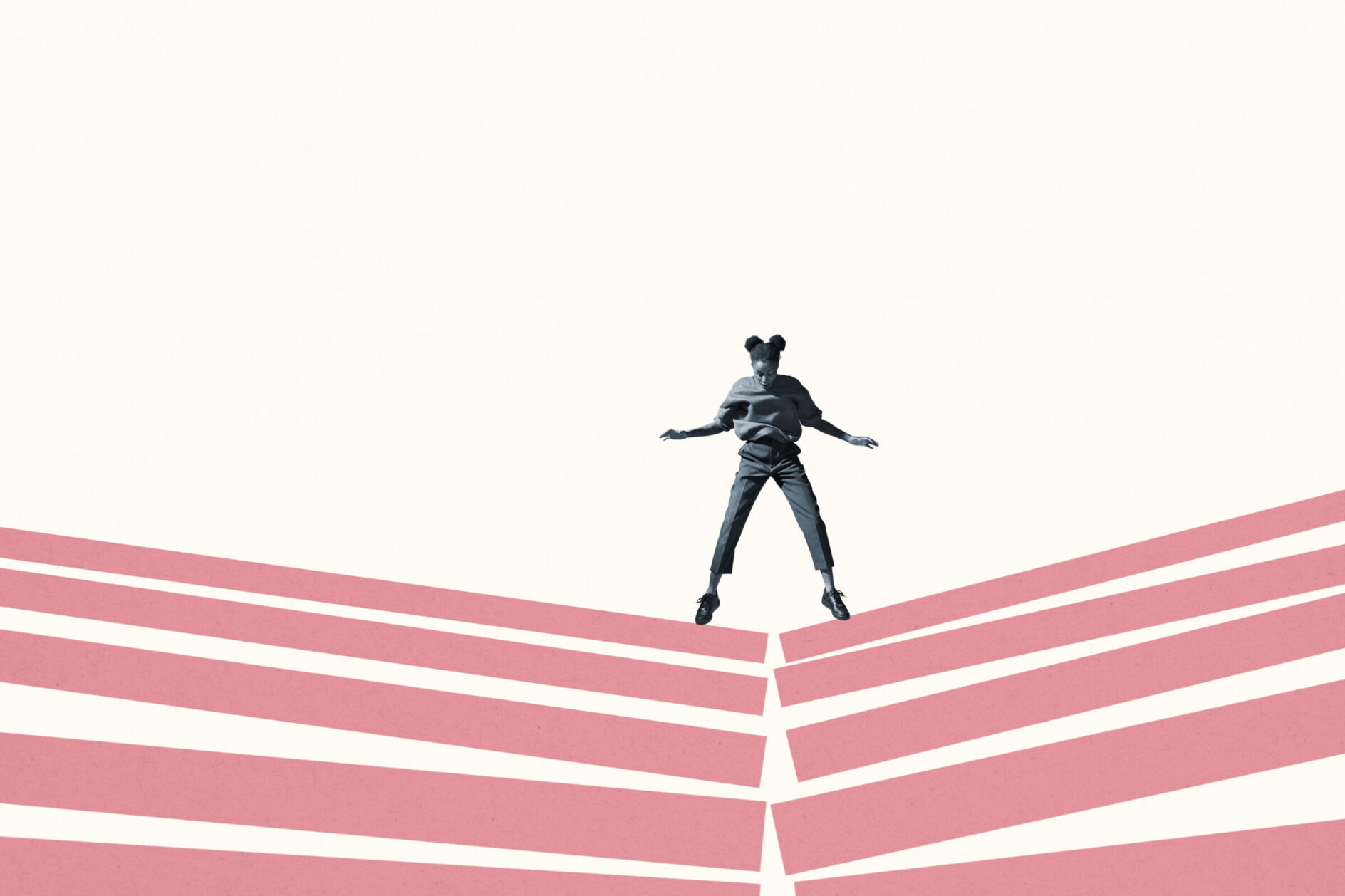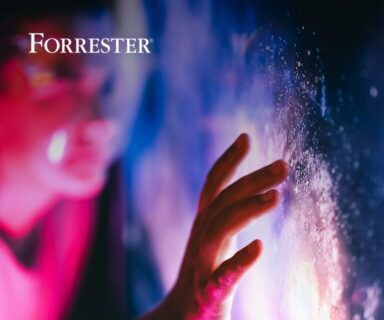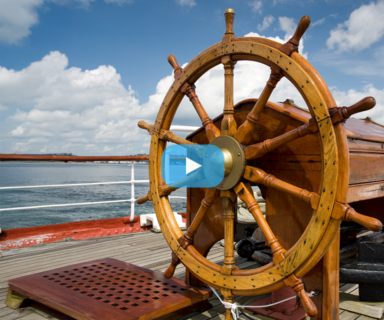Marketers have long celebrated the moment when a lead downloads a whitepaper or registers for a webinar. It’s a signal of intent — or, at least, it used to be. These days, more and more leads aren’t actually consuming the content they requested.
This growing delay in (or flat-out absence of) engagement is known as the content consumption gap, and it’s just getting wider. Drawing on real user insights from 8 million first-party content registrations, NetLine’s 2025 State of B2B Content Consumption & Demand Report uncovered that between 2023 and 2024, “The Consumption Gap widened from 31 hours to 39 hours —
a 7-hour increase and 23% year-over-year rise.
This significant lag is expensive and inconvenient, and it’s becoming a major problem for B2B marketers. Because when prospects don’t engage with messaging, lead scoring breaks down, nurture tracks lose relevance, and content ROI goes out the window…making for one big missed opportunity.
But for savvy marketers, there may be a silver lining.
Surveying over 1,700 global technology buyers, Informa TechTarget’s 2025 Media Consumption & Vendor Engagement Study found that B2B buyers consume an average of 15 pieces of content during their research process, with most adding new vendors to their consideration set along the way.
Only 24% of buyers reported that the vendors they started with were the same ones they ultimately shortlisted.
This means vendors have a real chance to influence buyers early in the research process.
NetLine categorizes the forces behind the consumption gap into two buckets: environmental (external market realities) and go-to-market (marketer-controlled variables). Let’s take a look at what that means—and what marketers can do to mind the gap.
Understanding the Content Consumption Gap: Environmental vs. Go-To-Market Factors
Environmental Factors: Elements We Can’t Control
First, it’s important to recognize that some setbacks are beyond our control. As NetLine notes, external forces like financial planning delays, competing business priorities, industry shifts, and economic uncertainties can all contribute to hindering even the most compelling content offers. And with buying committees and sales cycles both expanding, final purchase decisions grow more convoluted and complex. According to Informa TechTarget’s report, current buying teams are involving more and more individuals, including expanded staff as well as technical and business stakeholders.
69% of tech buyers say the buying team has changed,
These external realities mean that even highly interested buyers may not engage immediately, since they may be requesting content to pass to a colleague or to have on hand later.
Go-To-Market Factors: Challenges We Can Work With
Here’s where marketers can take back control and wield their influence. Many of the biggest contributors to the consumption gap stem from the choices we make—from how content is developed to how it’s delivered and followed up on. If your whitepaper speaks to the wrong role, if your form is too long, if your email follow-up comes too soon (or too late), you risk losing the momentum entirely.
According to NetLine, the biggest issues contributing to stalled reader engagement include:
- Content relevance: Misaligned topics or generic content.
- Length and format: Content that is too long or difficult to consume.
- Timing of outreach: Following up too soon or too late.
- Content accessibility: Complicated download processes or requiring excessive user information.
- Follow-up quality: Ineffective follow-ups that don’t reflect the user’s needs or behaviors.
Luckily for us, these are precisely the areas where marketers can make the most impact. With a thoughtful, audience-first strategy, it becomes possible to reduce drop-off, increase content engagement, and nurture leads more effectively from first click to final conversion.
5 Content Engagement Strategies
The consumption gap may be widening, but it’s not unbridgeable. By creating content journeys that are relevant, responsive, and respectful of your audience’s time and preferences, it’s possible to convert passive curiosity into real action. Here’s how:
1. Create Personalized, Audience-First Content
Relevancy drives engagement, so start with what your audience needs to know instead of what you want to say. To resonate, address specific, known challenges that are rooted in data, sales conversations, and real-time buyer behavior.
When a lead goes dark, cues like downloads, email clicks, and website sessions can help trigger smart follow-ups that pull the user back into the content journey. Personalization and behavior-driven nudges help maintain relevance and re-engage leads when attention starts to drift.
After a download, thoughtful follow-ups like referencing the original asset, using first-name personalization, and offering a next step (like a webinar invite, free checklist, or related case study) can be just the nudge needed to reignite engagement. Just be sure to avoid content overload and ensuing audience fatigue.
Related Reading: 7 Ways to Get First-Party Data for Targeting & Personalization
2. Rethink Format for the Consumption Moment
Where and how your audience consumes content matters. A busy executive may download an in-depth report during work hours, for instance, but only get around to skimming a digest version on mobile over the weekend.
NetLine’s data reveals this critical disconnect: ebooks dominated top-of-funnel engagement with 53% of content registrations in 2024, yet they were 12% less likely to correlate with purchase decisions. Meanwhile, formats like playbooks and infographics showed dramatically stronger intent signals.
Playbooks are 115% more likely to drive a purchase in the next 12 months, and infographics are up 110%.
Marketers should focus on what works instead of what’s flashy, but that doesn’t mean ditching the ebook. Instead, plan for how and when people want to consume.
Related Reading: Why Marketers Rely on Contextual Advertising
3. Optimize Timing and Distribution
Your content might be excellent, but if it lands at the wrong moment, it won’t get opened. We’ve seen that buyers can engage with content long before a formal project kickoff, but they tend to seek out information in certain windows. NetLine identified January, May, September, and October as the top months for registrations, suggesting correspondence to quarterly planning, strategy, and execution activities.
Content engagement was especially strong among prospects 3–6 months out from purchase, a segment that grew 15% year over year.
— NetLine’s 2025 State of B2B Content Consumption & Demand Report
Plan accordingly and align distribution cadence to peak intent windows. Midweek mornings tend to work best for promotion, and when it comes to following up after a download, 24-48 hours is widely considered best practice to capitalize on attention while it’s still fresh.
Related Reading: Micro-Moments in B2B Marketing: Winning Attention and Trust in Real Time
4. Level Up Your Design and UX
Even the most valuable content won’t land if it looks overwhelming or feels clunky to interact with. Layout, flow, and accessibility all influence whether something gets consumed or skipped over. But great user experience design doesn’t just prevent drop-off; it invites return visits, supports self-directed journeys, and builds trust through usability.
To enhance your UX and design efforts, consider:
- Optimal content layouts: Structure content with a clear visual hierarchy consisting of headlines, subheads, pull quotes, and lists to support quick scanning and readability.
- Mobile optimization: Build mobile-first with a focus on responsive formatting, touch-friendly design, and fast load times across devices.
- Visual hierarchy and information architecture (IA): Use strong typography, color contrast, and chunked IA to guide the eye and prioritize key takeaways.
- Interactive elements: Integrate clickable infographics, embedded video, accordions, and progress bars to reward attention and create a sense of movement.
- Accessibility: Ensure all content is compliant with WCAG guidelines, including alt text, color contrast, keyboard navigation, and readable font sizes.
Related Reading: 5 Visual + Design Trends Shaping Content Marketing in 2025
5. Track Beyond the Download
A download represents a moment of curiosity, not a final decision. To truly understand content effectiveness, marketers need visibility into what happens after that moment. A downloaded asset is a leading indicator, but true value lies in downstream engagement.
Are readers taking the next step? Are they more responsive to nurture emails? Do they re-engage? When you start tracking what really matters, you don’t just close the gap. You build a stronger, smarter pipeline.
![]()




